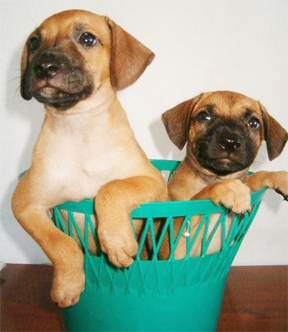Oral ailments
Continued
Periodontitis
Let me fulfil my promise to continue with the symptoms and treatment of the disease, periodontitis.

Last week we had said that periodontitis was primarily associated with gingivitis (sore gums) and plaque build-up. We had also mentioned some other predisposing factors, such as anatomical deficiencies (eg malocclusion of the jaws), incorrect diets, loss of teeth and specific diseases (like diabetes, kidney problems, etc).
Symptoms
Now if gingivitis is the main culprit, one would therefore expect to find the symptomology of periodontitis closely mirroring that of gingivitis (see September 27, 2009). As such, we are sure to find that periodontitis is associated with bad breath. This foul odour results from the bacterial invasion of the gums. Furthermore, as the infection takes hold, the gums become tender to the touch and they begin to recede. On pressing the gum there is a pain reaction and often one can see pus exuding from the pockets around the tooth. As the disease advances, the teeth may become loose and even drop out.
The problem with periodontitis is that the clinical signs may not emerge visibly until the condition is well entrenched. We begin to notice the ailment when the teeth become encrusted with calculus (plaque) – soft deposits at the beginning, but hard and difficult to remove debris later on. Accumulated plaque continues to extend under the gum. This increases the irritation. The gums then become swollen and bleed easily when touched, as mentioned before.
Treatment
Again, the treatment of periodontitis would largely be similar to that introduced to combat gingivitis. Because of my experience of failures as a young veterinarian introducing antibiotics as my first measure in periodontitis treatment, I now don’t fool around. Right at the outset, I recommend placing the animal under total anaesthesia. This allows the veterinarian to physically remove all of the plaque. All teeth that are very loose with no support and no possibility of reattachment (this is the vet’s call) also have to be removed (extracted).
Once the mass of plaque is removed, it is likely that the affected teeth – and those adjoining – will become shaky. Not to worry! Once the disease is eliminated, the teeth will re-anchor themselves firmly.
Now we can introduce a two-week course of broad spectrum antibiotics and gum washings with sanitizing solutions. Some vets swear by hydrogen peroxide flushings. I am quite a fan and believer (unlike my younger colleagues) in H2 O2. But not in this case! I prefer to use my other favourite, a strong salt solution. One should then follow this ‘gum washing’ with a ‘gum painting’ – using two per cent tincture of iodine solution.
Liquid and/or soft diets should be offered for the next two weeks. Thereafter, it would help if a dry dog food could be introduced to the diet. There are lots of hard synthetic gnawing toys available at the pet shops. These would help with gum and tooth exercise.
I think we have spent enough time over the past few weeks with this periodontitis problem. Next week, we will commence with a series of articles on general dental hygiene and dental care.
Please implement disease preventative measures (vaccinations, routine dewormings, monthly anti-heartworm medication, etc) and adopt-a-pet from the GSPCA’s Animal Clinic and Shelter at Robb Street and Orange Walk, if you have the wherewithal to care well for the animals. Do not stray your unwanted pets, take them to the GSPCA’s Clinic and Shelter instead. If you do not wish your pet to have puppies or kittens, you may exploit the GSPCA’s free spay and neutering programme. If you see anyone being cruel to an animal, or if you need any technical information, please get in touch with the Clinic and Shelter by calling 226-4237.
